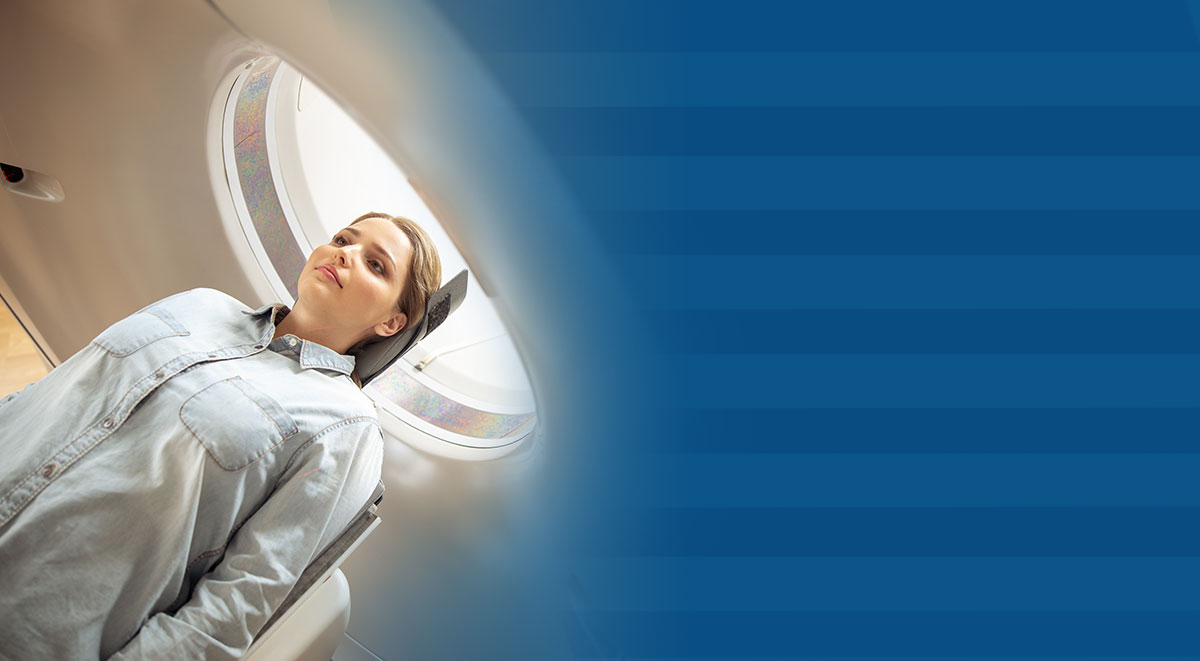General Ultrasound Specialist in West New York, and West Hudson, NJ
Advanced Magnetic Imaging and Advanced Open MRI offer general ultrasounds that can examine many different parts of the body to identify potential issues. They are particularly valuable for examining many of the body’s internal organs, including the heart and blood vessels, kidneys, liver, gallbladder, and spleen, among others. For more information, contact us, or request an appointment online. We have convenient locations to serve you in West New York, NJ and West Hudson, NJ.


Table of Contents:
What does a general ultrasound include?
What are the two general types of ultrasounds?
How do I prepare for a general ultrasound?
How long does a general ultrasound take?
General ultrasounds involve the utilization of sound waves to produce images inside an individual’s body, which can be used for various reasons, including diagnosing the cause responsible for infection, swelling, and pain in the body’s internal organs.
Additionally, general ultrasounds may be ordered in the evaluation of an unborn child in pregnant women. In addition to their diagnostic value, they may also be part of the treatment process as they can guide biopsies and other treatment interventions.
This imaging technique is safe, non-invasive, and does not involve radiation, making it a preferred method for examining internal structures.
General ultrasounds display images in flat and sectional views of the body. After capturing these images, they are interpreted, and a report is generated for the healthcare provider, aiding in the facilitation of prompt treatment and intervention as necessary.
General ultrasounds can examine many different parts of the body to identify potential issues. They are particularly valuable for examining many of the body’s internal organs, including the heart and blood vessels, kidneys, liver, gallbladder, and spleen, among others. In infants, they are extensively used in monitoring the brain, spine, hips, and more.
This broad diagnostic imaging category encompasses many subcategories, each tailored to the patient’s specific needs, and conducted on different areas of the body to pinpoint the root causes of various issues. Reach out to us today to learn more about our services.
Ultrasounds can be broken down into two general categories including diagnostic ultrasounds and therapeutic ultrasounds.
Diagnostic ultrasounds, as the name implies, are performed to aid with the diagnosis of a health condition. They have a wide range of applications, including helping to determine the type and extent of heart issues, identifying the cause of a patient’s pain and swelling to facilitate effective treatment, aiding doctors in pinpointing the location of clots as well as other blood flow problems, and locating and assessing tumors to provide healthcare providers with crucial information regarding their nature.
Therapeutic ultrasounds, in contrast, are used to treat a variety of conditions, guiding procedures, or utilizing sound waves in a therapeutic manner that the body responds to in several beneficial ways.
Both diagnostic and therapeutic ultrasounds, with their many subcategories, play a valuable role in aiding the early diagnosis and treatment intervention of a wide range of health problems and concerns.
Preparing for a general ultrasound involves fairly minimal steps, but specific guidance may be provided depending on which area of the body the ultrasound is being performed on and what the test is looking for.
In some cases, particularly when the abdomen is being examined, patients may be instructed to fast for eight hours or longer ahead of their ultrasound appointment.
This fasting is necessary because undigested food can obscure the ultrasound images by blocking the sound waves. For examinations of other areas, such as the spleen, liver, gallbladder, or pancreas, patients may be advised on the type of meal to consume, such as a fat-free meal.
Typically, patients do not have to abstain from water or their medications. However, it is important for them to discuss any medications they are taking and their health history with their provider ahead of the ultrasound, which may necessitate further instructions depending on the individual patient’s circumstances.
In some instances, a full bladder is required for better visualization, necessitating the intake of a large amount of water before the procedure.
The duration of a general ultrasound done by our experts is dictated by the area of the body being examined. Generally, the procedure is painless, although some patients may find the ultrasound mildly uncomfortable as the transducer is guided over the body.
Most ultrasounds take between 30 minutes and an hour, and patients can resume their daily activities immediately afterward. The efficiency of the ultrasound procedure allows for the prompt detection of health conditions and aids in the early treatment intervention for a number of health issues, which fundamentally improves health outcomes across a broad spectrum.
After the ultrasound, the images are analyzed, and a comprehensive report is provided to the healthcare provider, enabling the development of a customized treatment plan tailored to each patient’s unique health needs.
General ultrasounds are available at Advanced Magnetic Imaging. Contact us for more information. We serve patients from West New York NJ, North Bergen NJ, Union City NJ, Guttenberg NJ, Weehawken NJ, Hoboken NJ, Fort Lee NJ, Englewood NJ, East Rutherford NJ, Jersey City NJ, West Hudson NJ, Newark NJ, Nutley NJ, Secaucus NJ, Belleville NJ, Hoboken NJ, Bloomfield NJ, and the surrounding areas! Book your next appointment now – you will be glad you did! Visit us online for directions to our leading clinic and to meet our team of healthcare professionals.

ADDITIONAL SERVICES YOU MAY NEED




